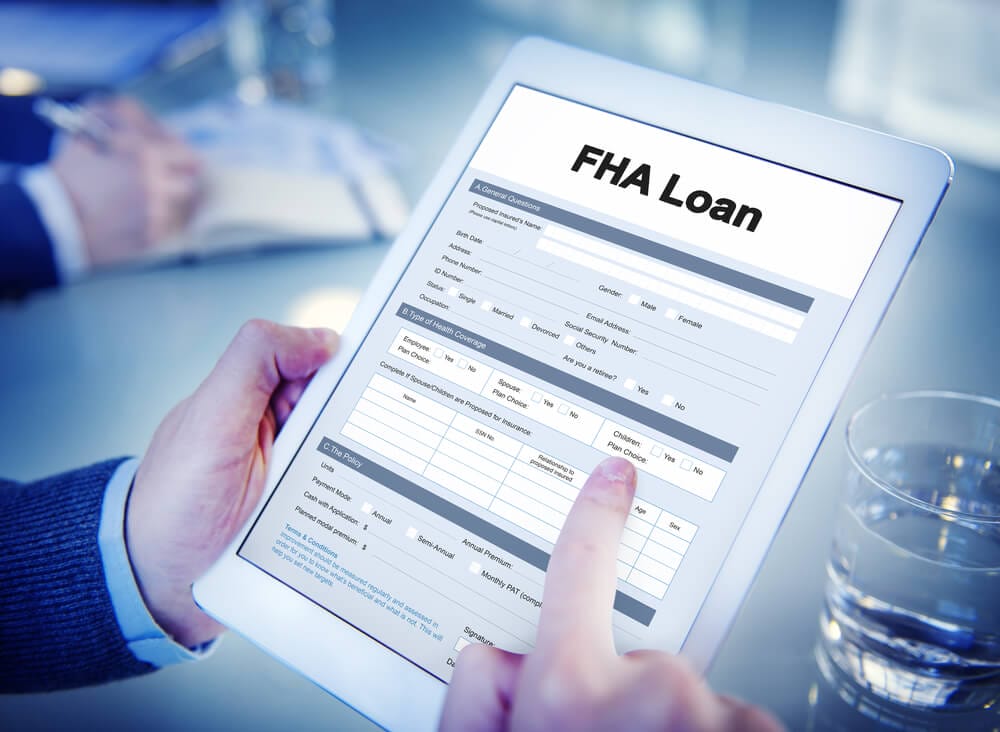There have been some gradual rumblings in the mortgage industry but the released data seems a bit too small to make any news by itself. For example, at the most recent round of FOMC meetings last December, the Fed decided to increase the Federal Funds rate by 0.25%. To give you an idea of the impact of bump on a 30 year loan amount of say $300,000, that amounts to a $43 increase. That’s an extra-large pizza and salad for four. No big deal by itself. After all, it was a little over a year ago the Fed raised that same rate by 0.25% representing the first rate increase by the Fed in a decade. Fed Chair Janet Yellen also announced an incremental increase in interest rates for 2017 with three separate rate moves likely.
Further, loan limits for 2017 were increased also the first time in 10 years from $417,000 to $424,100. Here in San Diego County, the conforming loan limits are now $612,950, up slightly from $580,750. Again, not a huge jump. The FHA loan limit here in San Diego County is also $612,950.

Yet while these adjustments seem relatively small individually when you consider the longer term impact with higher loan amounts and higher rates, it begins to have a more apparent impact. Higher rates of course mean higher mortgage payments but it appears that at least the FHA loan program has your back.
How so?
FHA announced a decrease in the annual mortgage insurance premium required on every FHA loan. Even though by itself the rate decrease might appear a minor one, for those who are financing a home with an FHA loan should see the premium reduction as a partial offset to higher rates to come.
What Is FHA’s Mortgage Insurance Premium?
FHA loan is one of three government-backed mortgage loan programs. This government guarantee provides lenders who approve a mortgage loan using proper FHA protocol compensation for mortgage loss due to default. If the borrowers fail to pay the FHA mortgage, for whatever reason, and the lender has to foreclose to recover the asset, the lender is compensated for the loss.
This guarantee is financed by a form of mortgage insurance. FHA loans actually have two different types of mortgage insurance, an upfront mortgage insurance premium that is rolled into the loan amount at the closing table and an annual premium that is paid in monthly installments. The upfront premium for FHA loans for a purchase loan today is 1.75% of the loan amount. The annual premium, which remains an active insurance policy for all new FHA loans, is paid in monthly installments. These two premiums finance the guarantee fund.
FHA Lowers Mortgage Insurance Premiums
In somewhat of a surprise move, the Department of Housing and Urban Development, or HUD, announced a 0.25% decrease in the annual premium for all new FHA loans closing and funding on or after January 27th of this year. The new annual rate for FHA loans with a 3.5% down payment and a 30 year loan is now 55 basis points, down from 80. To calculate the annual premium for a new FHA loan funding as of January 27th, 2017, multiply the loan amount by 0.0055. With a loan amount of $300,000 that amounts to an annual premium of $1,650. Paid monthly, the installment is $137.50. The older, higher rate of 85 bps is $2,550, or $212.50. This results in an annual savings of $475 using this example. For a 15 year fixed rate FHA loan, the annual premium was dropped from 45 basis points to 25 basis points.

FHA Advantages
Okay, given this new information, why should someone choose an FHA loan over other types of mortgage loan programs? Perhaps the main reason to select an FHA loan over other loan programs is the low down payment requirement. FHA loans ask for only 3.5% down for a purchase transaction. Qualifying for an FHA loan is also considered a bit easier and less expensive compared to say a conventional loan with a 5.0% down payment with a monthly private mortgage insurance premium. Interest rates for FHA loans are also very competitive compared to other available loan programs.
The FHA loan program can be used in most any location by anyone with good credit, sufficient funds to close and will occupy the property as a primary residence. The other two government-backed mortgage programs are VA and USDA home loans. The VA loan does not require a down payment at all but is reserved for veterans, active duty personnel and certain military and reserve members. USDA loans also do not require a down payment but the property must be located in a specific area and the household income of the borrowers cannot exceed certain limits. FHA loans are not limited to a certain class of borrowers nor does the property have to be located in an approved area.
FHA loans also have a benefit compared to conventional ones when it comes time to refinance an existing FHA loan. FHA offers a reduced documentation refinance program often referred to as a “streamline” refinance which does not require income or employment documentation, assets are not reviewed and minimum credit scores are not required. As long as the new rate is lower than the existing one or the borrowers are switching from a variable rate to a fixed, the streamline is the preferred option and perhaps the easiest loan process in the industry.
Overall, and including the new FHA mortgage insurance premium reduction, FHA loans are an excellent choice for those wanting to close on a purchase transaction with as little cash to close as possible. And starting January 27, it gets even better.


